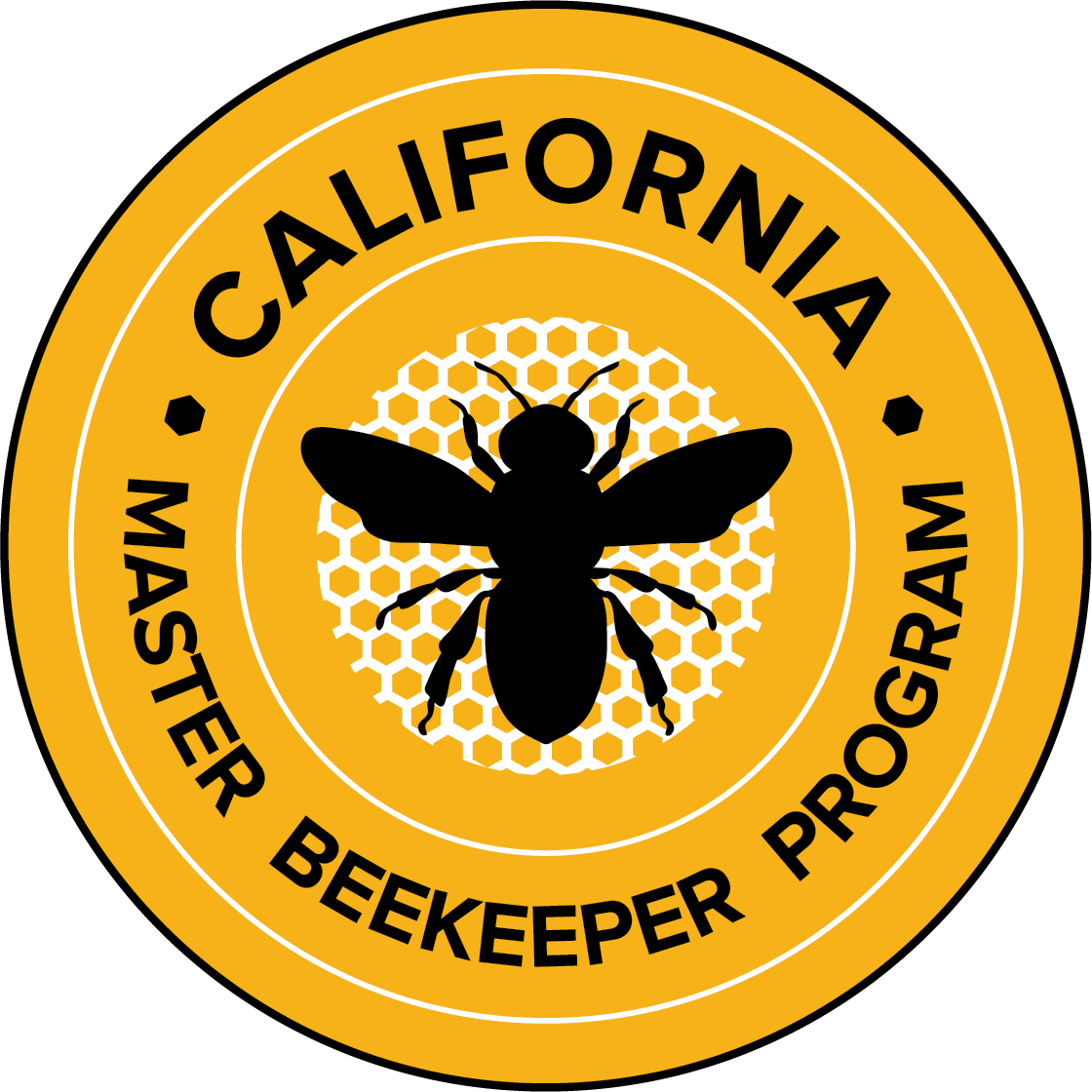Grafting is a technique used to produce new queen bees by transferring young larvae from worker cells into queen rearing cell cups. This method encourages the colony to raise new queens and is a fundamental skill in queen rearing. There are many approaches to queen rearing, and grafting is one of the most common.
Materials
- Materials List
- - Queen-right colony
- Cell-builder colony
- Frame with empty brood comb
- Push-in cage or frame isolation cage
- Queen rearing cell cups
- Queen rearing cell bar and frame
- Royal jelly (fresh or properly stored)
- Grafting tool
- Warm, damp cloths or paper towels
- Temperature controlled environment (for keeping queen cells warm at 80-94°F)
General Grafting Steps
Timing is important when grafting.
- Day 1: Preparing the Brood Frame (4 days prior to grafting)
1.
Isolate the queen on a frame of empty brood comb and place the frame in the brood nest 4 days before grafting. Use a push-in cage or frame isolation cage so that the queen lays eggs in a dedicated area. This makes it easier to find appropriate age larvae.
2.
Place queen rearing frame into the cell builder colony. Ensure the frame has the bar and queen rearing cell cups inserted. The cell bar with empty queen cell cups will be cleaned by the bees and made ready to receive the transferred larvae.
- Day 2: Checking for Eggs (3 days prior to grafting)
1.
Release the queen, allowing her to continue laying elsewhere.
2.
Check the brood frame for eggs. This ensures the queen has laid in the caged area.
3.
Mark the donor frame. Makes it easy to identify and pull for grafting.
4.
Remove the queen cell bar frame. Wait until day 4 to graft.
- Day 4: Grafting Larvae
1.
Prime queen rearing cell cups with a small drop of warm (80 degrees) royal jelly. Priming these cell cups with royal jelly improves larval acceptance. Store royal jelly away from light and air. Enzymes in refrigerated royal jelly, 39𝆩F, start to break down after 3-4 weeks. Royal jelly can be kept in the freezer for up to two years.
2.
Transfer 24-36 hour-old larvae from the marked brood frame to a queen rearing cell cup using a suitable grafting tool (e.g., Chinese or German grafting tool, JZ-BZ tool, or fine artist's paintbrush). Watch this video
3.
Cover the grafts on the bar with warm, damp cloths or paper towels. Keeping larvae covered helps retain moisture, preventing them from drying out.
4.
Place the queen rearing cell bar on the queen rearing frame and put it in a cell builder that has an abundance of nurse bees to ensure the grafts are warm and well fed.
5.
Destroy ALL queen cells in the cell builder and ensure there is NO QUEEN present. Destroying all queen cells and confirming queenlessness is crucial for grafting success.
- Days 6 or 7: Checking Progress (2-3 days after grafting)
1.
Check the grafted queen rearing cell bars in the cell builder colony and ensure they are covered with a multitude of nurse bees. Ample nurse bees are crucial for keeping warm and feeding developing larvae, ensuring healthy queen cells.
2.
Remove any other queen cells not on the queen rearing cell bars. Remove any additional queen cells to ensure focus is on the grafted cells.
3.
Add frames of emerging brood if necessary. Adding emerging brood keeps a high population of nurse bees, which is important for queen cell development.
- Day 14: Removing Queen Cells (10 days after grafting)
1.
Remove the capped queen cells from the cell builder colony. Leave one queen cell behind to replace the queen. In Scutellata-hybrid areas return the banked queen to her original hive, or re-queen with a mated queen.
2.
Keep queen cells warm (80-94°F) until installation. Keeping cells at the right temperature is important to prevent damage to developing queens.
3.
Install each queen cell in her own queenless hive or mating nuc when located in non-scutellata areas.
- Day 22: Virgin Queen Mating (18 days after grafting)
1.
Monitor for mating activity. Virgin queens are ready to mate and will fly in good weather with temperatures above 69°F.
2.
Ensure sufficient mature drone population. Adequate mature drone population is essential for successful mating. Poor weather may delay this process.
- Day 27: Queen Laying Eggs (23 days after grafting)
1.
Check if the queen is laying eggs. If delayed due to weather or drone population, she may start laying unfertilized eggs (drone layer). If she is producing workers she is ready to be sold if desired.
2.
If the queen is poorly mated, introducing a new queen cell or mated queen might help resolve issues with failed mating.
Common Pitfalls to Avoid
- Picking larvae that are too old will produce inferior queens.
- Queen-right status in the cell builder can lead to grafting failure.
- Have robust cell builder colonies with many nurse bees.
- Handle larvae gently to avoid damaging them.
Alternative Methods of Queen Rearing
There are other queen rearing methods available besides grafting. Examples include the Miller method, Hopkins method, and Jenter method (interchangeably called Nicot or Mann Lake Box). Each method has its advantages depending on the beekeeper’s experience and resources.

